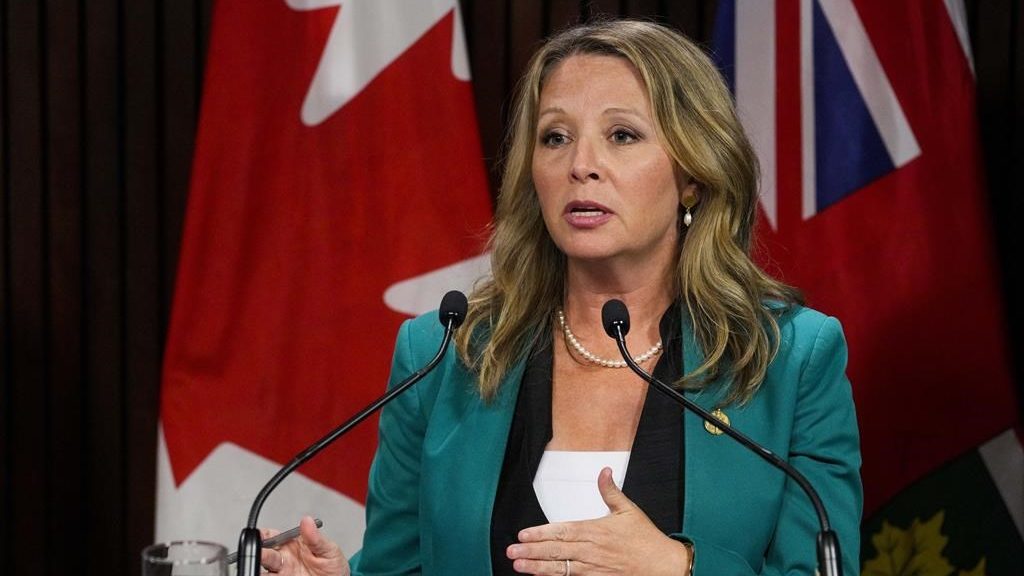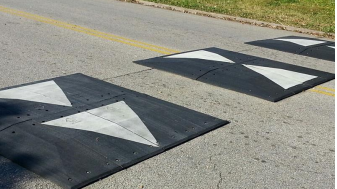Lengthy meeting as both sides debate proposed safe injection site in Cambridge
Posted Apr 5, 2018 05:22:25 AM.
Last Updated Apr 5, 2018 04:06:37 PM.
This article is more than 5 years old.
A mammoth meeting at Cambridge City Hall for the Region’s second public input session on supervised injection sites.
Waterloo Region has been approved for three sites, but mass controversy has plagued a proposed location for downtown Galt.
Over two dozen delegates came out Wednesday night to share their support and concerns – as council members discuss the possibility of a SIS in Cambridge.
Councillors, mayors, business owners, and community members were all on hand for the final meeting. It all began with an overview of the Region’s ‘review’ of other Canadian sites, and their very own ‘Feasibility Study’.
One of the findings was that 86 per cent of drug users surveyed said ‘yes’ to using a safe injection site.
John Lavergne was one of the delegates – and says last year alone, he lost eight friends to overdoses.
He believes their lives could’ve been saved by safe injection sites.
“When I attended the last SIS meeting – I was saddened and frustrated by some of those in opposition … and the ignorance, fear, and stigma they voiced. Don’t get me wrong – I understand why people have some concerns, but there is evidence that most of these claims are unwarranted. Overdose prevention sites do not increase crime, drug use, or discarded needles – it’s the opposite. You don’t need me to rattle off those facts, there’s plenty of hard data which shows that supervised injection sites save lives, reduce the spread of diseases, and save taxpayer dollars.”
Lavergne says community members are allowed to have stigma-based fears – but council members are not.
“As elected officials, we hold you to a higher standard than that. You have an obligation to your constituents – all of them. You have the same obligation to all members of the community – including those that are struggling with addiction, and dying in our homes, shelters, hotel rooms, and in our streets.”
Business owners were the most vocal when it came to ‘no way’ delegations.
Mark Steenge is General Manager of Langdon Hall, and one of the nay-sayers.
He says if you pass an alcoholic inebriated on the street, your instinct wouldn’t be to take them to a bar and offer them alcohol.
“You wouldn’t do that ‘in case they got sick’ so you can take them to the hospital. And if you did do this – you would not then ask the alcoholic to come back tomorrow and do it again. Yet I suggest to you – that this is exactly what we’re doing with methadone and safe injection sites.”
Other concerns were increased crime rates, decreased property values, and an increase in discarded needles.
Larissa used and worked at a supervised injection site in Vancouver.
She says the City of Cambridge belongs to all of us – not just a certain few.
“It belongs to everybody. What makes the topic of SIS even more important, is the medical emergency that we’re facing. If you’re not included in that ‘we’ .. give it time, and the overdose crisis will hit you or someone attached to your circle. The hatred that I’ve seen towards those addicted or homeless is shameful – it smells of privilege. Change the word addict to any ethnic or racial group – and we would be talking about hate speech. Somehow ignoring medical services for a specific population has been okay.”
She says as a former addict, she can attest that SIS gave her a safe space to use, out of the elements.
“When I was using at an SIS – I could talk to the staff. They were sometimes the only people I had contact with who weren’t other users, and it gave me the chance to have normal conversations again – which is huge. They also have a detox and supportive housing – using those SIS .. I didn’t get better right away, at least not in any easily measurable way .. but my soul was lighter, not feeling shame, and allowing me to breathe a little better. It also helped keep me healthier – so when the stars aligned years later, I was still healthy and alive and could get off of heroin.”
Councillor Mike Mann was one of those behind the Region’s ‘Feasibility Study’.
He says more discussions are needed when it comes to supervised injection site locations, and notes SIS are just one part of a complex solution to the opioid crisis and saving lives.
“Let me be clear – were supportive of options to combat the opioid crisis. SIS need to be located in areas that will best service the community. Request that region increase education and awareness, so community partners can provide further feedback. The need for increased education and communication will be beneficial as these discussions continue.”
Councillor Frank Monteiro adds people are dying – so a SIS is needed.
“But not in the Galt core – there’s no way. Our core cannot support an SIS – we cannot afford another social agency downtown.”
Mayor Doug Craig was on the Mike Farwell show on Thursday – and says he was very proud of his community.
“We had 27 delegations, and over 200 people – it was a crowd that was very intent on trying to do the right thing and get their voice of concern put across to our community.”
Craig will be tabling a motion at Cambridge City Hall, which proposes that no SIS is set-up in any of Cambridge’s cores.
“The Preston, Hespeler, and Galt communities are quite different from Kitchener and Waterloo. Galt is two and a half times smaller than Kitchener, and two times smaller than Waterloo – so it’s a very fragile economy. We don’t have an LRT, or all the benefits of that in terms of new development, and the economy down here is quite different. So we’re concerned about any kind of negativity that may be attributed to safe injection sites, and people being concerned about investing or leasing in the core areas because of SIS.”
Craig says he does support safe injection sites in Cambridge – just not in the cores.
“We are in a crisis, we understand that. We can move ahead though and find a site outside the core that will in fact service those people who have difficulties and dependencies with drugs.”
Craig says he’s pushing the provincial government to listen to the City of Cambridge and its residents on this matter. Council with vote on Phase 1 and Craig’s motion on April 10th.
Once a decision on Phase 1 is over and an endorsement is received – Phase 2 begins, which involves identifying actual candidates for locations and model designs. Phase 2 B involved further consultations with the community, before sending off the final details for provincial and federal approval.










